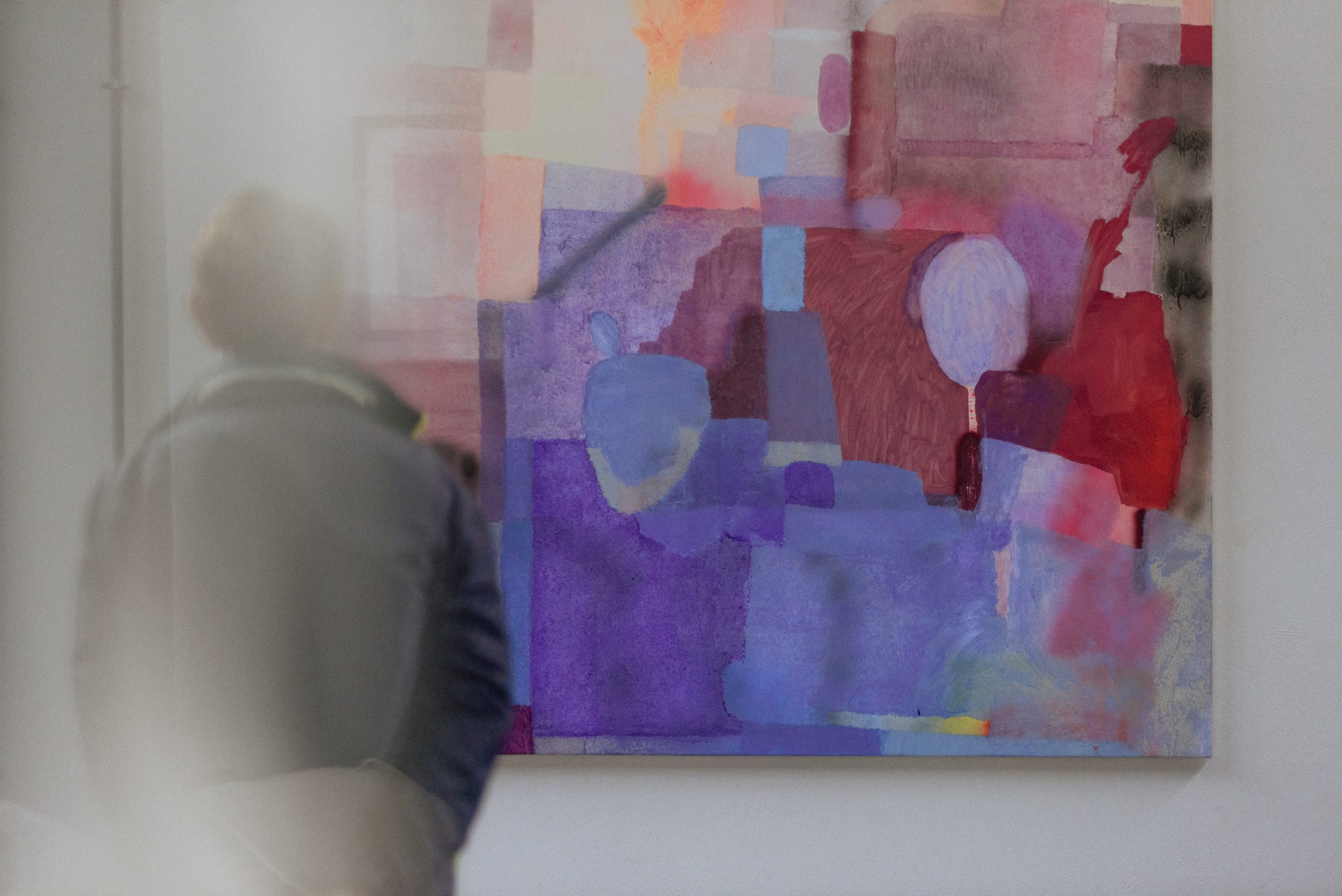1904121854 (GLOBALIA)
Not Available
Artist info
Nelio
Nelio was born in France in 1982. Self-taught, he has built himself through the many travels that have made him a multidisciplinary visual artist, in constant search of learning and experimentation.
His practice revolves around two main axes: the interaction with the public space through murals, spontaneous paintings and installations, and the work in the studio, where the artist has the chance to express himself through paintings, drawings, collages, assemblages, and sculptures.
His early style, based on typographical work and uncluttered representation, gradually evolved into an abstract pictorial universe.
His geometric structural logic, inherited from his interest in science, graphic design, graffiti, and architecture, remains visible in most of his artworks. However, this system is transformed when it is confronted with new random parameters due to the contexts, its discoveries, and its experiments. Nelio thus develops his works on a rational foundation altered by an empirical process.
His artistic approach is mainly based on a dynamic tension and of opposing elements and concepts. Contradictions and doubts enrich his practice, just as the notions of wandering and detours are important stages in his progress. By deepening the value of the ephemeral, inherent of its outdoor paintings, he began to use the idea of destruction as a creative generator. It led him to experiment around the notion of formlessness, alongside his early works focused on form. Abstraction allows him to create a dialogue between his series of different inspirations, by exploring the field of possibilities between minimalism and expressionism.
More info
Signed by the artist.
“The works in this series are based on the idea of crossing, whether in a technical way such as the ink that get through the paper, but also narrative with certain canvases inspired by the theme of travel, and finally introspective when Nelio dives into his inner world to overcome the barriers of reality.
His structural logic inspired by art currents such as Suprematism and the Bauhaus, still perceptible as a foundation in his works, fades in favor of a liberating expressionism. The gestures are less and less controlled and calculated, the painting becomes instinctive and evolutionary.
It comes to life thanks to spontaneous textures and compositions that transform geometry into more organic forms. The painter’s gestures remain visible and everything seems to be in motion.”

































